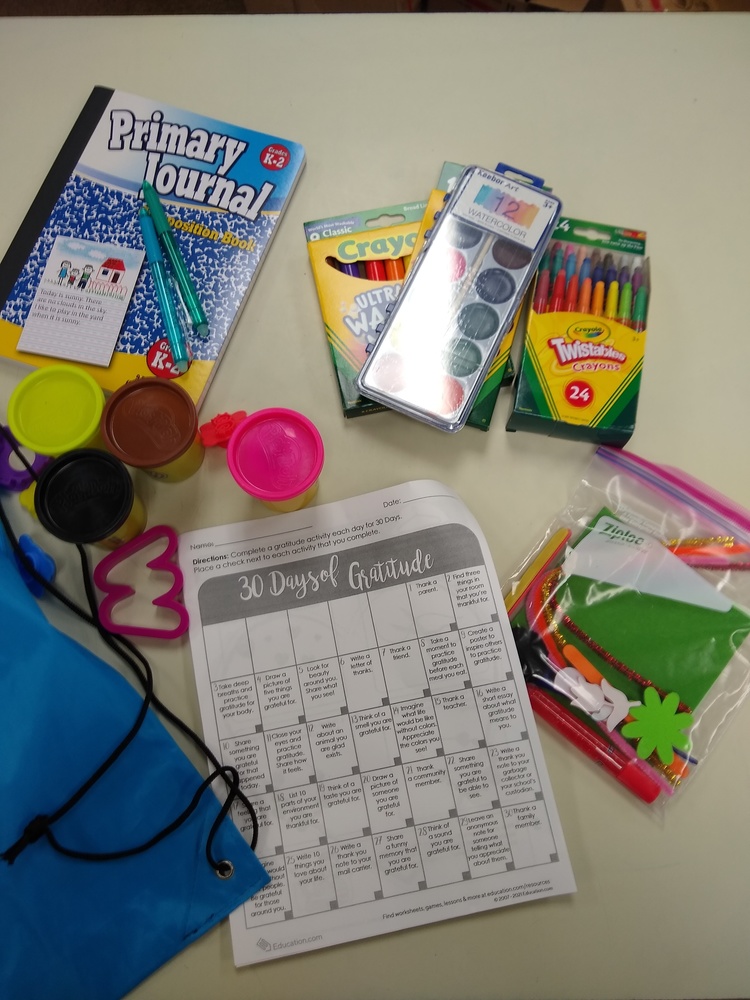
In this article, we will explore twelve incredible types of journaling that offer a diverse range of benefits and creative outlets.
From the popular and versatile bullet journaling to the introspective practice of gratitude journaling, there is something for everyone to discover and enjoy.
Whether you are a seasoned journaler or just beginning your journaling journey, these unique approaches will inspire and motivate you to express yourself and enhance your personal growth.
Get ready to embark on a fulfilling and transformative journaling adventure.
Art Journaling
One popular form of creative expression and self-reflection is art journaling, which combines visual elements and written content in a unique and personal way.
Art journaling serves as a means of creative exploration and a therapeutic outlet for individuals seeking to express themselves through art.
This form of journaling allows for freedom of expression, encouraging individuals to use various art mediums such as paints, markers, collage materials, and more to create visually captivating pages.

Not only does art journaling provide an opportunity to unleash one's creativity, but it also serves as a form of art therapy, allowing individuals to process and express their emotions through the act of creating.
Through this combination of visual art and written content, art journaling provides a powerful platform for creative expression and self-discovery.
Mindfulness Journaling
Mindfulness journaling offers individuals an effective way to cultivate self-awareness and promote mental well-being through intentional reflection and observation. By incorporating mindfulness techniques into the practice of journaling, individuals can experience a range of benefits.
Some of the key benefits of mindfulness journaling include:
Increased self-awareness: Mindfulness journaling allows individuals to become more aware of their thoughts, emotions, and behaviors, helping them gain a deeper understanding of themselves.
Reduced stress and anxiety: By practicing mindfulness techniques while journaling, individuals can reduce stress and anxiety levels, as they learn to focus on the present moment and let go of worries and concerns.
Improved mental clarity: Mindfulness journaling helps to declutter the mind and improve mental clarity, enabling individuals to make better decisions and solve problems more effectively.

Enhanced emotional well-being: Regular mindfulness journaling can lead to improved emotional well-being, as individuals learn to acknowledge and process their emotions in a healthy and constructive way.
Incorporating mindfulness techniques into journaling can provide individuals with a valuable tool for self-reflection, personal growth, and overall well-being.
Travel Journaling
Frequently utilized by avid travelers, travel journaling serves as a valuable tool for documenting and preserving memorable experiences from various destinations. It allows individuals to reflect on their adventures and create a written account of their journey.
Travel journaling is not just about writing down the places visited, but also capturing the emotions, sights, and sounds that made each experience unique. By keeping adventure logs, travelers can relive their trips and share their stories with others.
Moreover, travel journaling promotes cultural immersion by encouraging individuals to observe and learn from the local customs, traditions, and people they encounter along the way. It serves as a personal record that not only captures the highlights of the trip but also provides a deeper understanding of the places visited.
Dream Journaling
Dream Journaling is a powerful tool for capturing and exploring the world of dreams. By recording our dreams, we can tap into a wealth of insights and symbolism that can help us better understand ourselves and our subconscious mind.
Dream Journaling can also enhance self-awareness and provide a valuable means of reflection and personal growth.
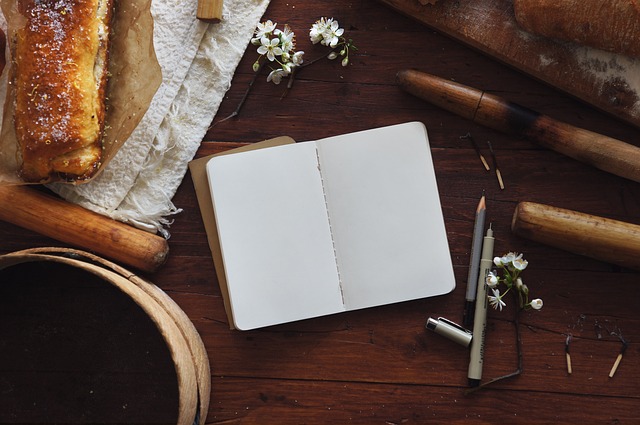
Benefits of Recording Dreams
By consistently recording and analyzing the content of your dreams, you can gain valuable insights into your subconscious mind and enhance your self-awareness. Dream journaling allows you to capture the details of your dreams, enabling you to recall and examine them later.
This practice can help you in various ways:
- Uncover patterns and recurring themes in your dreams
- Understand and process unresolved emotions or experiences
- Enhance creativity and problem-solving abilities
- Develop lucid dreaming techniques for conscious control over your dreams
Recording dream interpretations can provide a deeper understanding of your inner thoughts, fears, and desires. It can also serve as a therapeutic tool to identify and work through psychological issues. By exploring your dreams through journaling, you can tap into a realm of personal insight and growth.
Enhancing Self-Awareness Through Dreams
How can dream journaling contribute to the development of self-awareness?
Dream journaling is a practice that involves recording and reflecting on dreams in a journal. It can be a powerful tool for enhancing self-awareness.
By regularly recording dreams, individuals can gain insight into their subconscious thoughts, emotions, and desires.
Dream journaling can also lead to the development of lucid dreaming, where individuals become aware that they are dreaming during the dream itself. This heightened state of awareness can provide opportunities for personal growth and self-discovery.

Additionally, dream symbols and themes can be analyzed and interpreted, providing valuable information about one's unconscious mind.
Techniques for Vivid Dreaming
One effective technique for achieving vivid dreaming is through the use of reality checks. By regularly questioning the nature of reality during the day, you can train your brain to do the same while you sleep, increasing the chances of becoming aware that you are dreaming.
Alongside reality checks, there are several other techniques for lucid dreaming that can help you experience more vivid and memorable dreams:
Keeping a dream journal: Writing down your dreams immediately upon waking can improve dream recall and help in the interpretation of dream symbols.
Reality testing: Throughout the day, ask yourself if you are awake or dreaming. Perform small actions, like trying to push your finger through your palm, to verify reality.
MILD technique: Before falling asleep, repeat a mantra or affirmation that you will become aware during your dreams.
Wake back to bed method: Wake up after a few hours of sleep and then go back to bed, increasing the chances of entering a dream state.
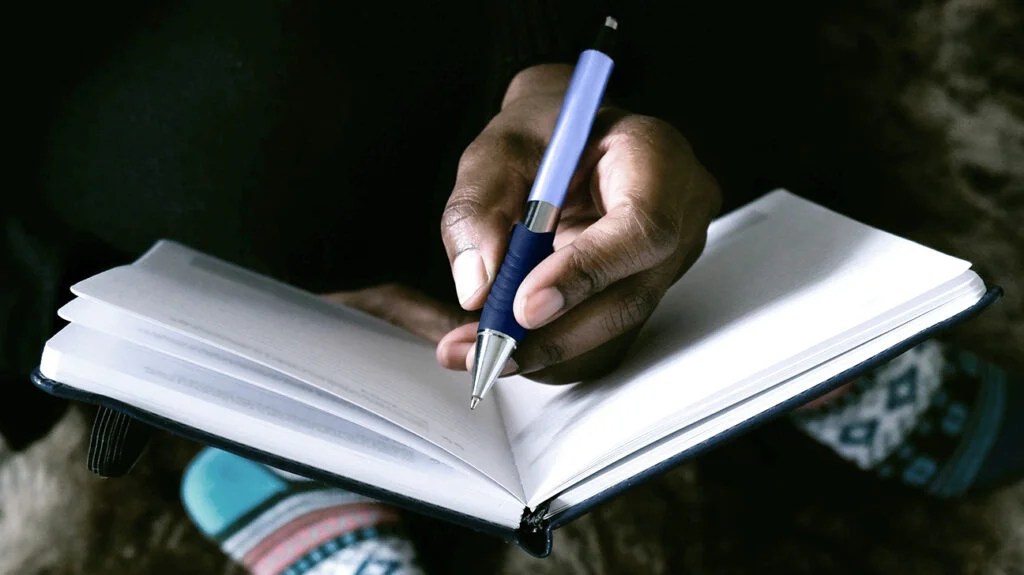
Implementing these techniques can enhance your dream experiences and provide you with valuable insights into your subconscious mind.
Reflective Journaling
Reflective journaling allows individuals to gain insights into their thoughts, emotions, and experiences, fostering personal growth and self-awareness.
The benefits of reflective journaling are numerous. Firstly, it provides a safe space for individuals to express their thoughts and feelings without fear of judgment. This can lead to a greater understanding of oneself and one's emotions.
Additionally, reflective journaling can help individuals process and make sense of their experiences, allowing for personal growth and development. Techniques for effective reflective journaling include setting aside regular time for reflection, using prompts or questions to guide the writing process, and being honest and authentic in one's reflections.
Nature Journaling
Two popular types of nature journaling are field sketching and nature writing. Nature journaling is a way to connect with nature and explore the outdoors while documenting your experiences and observations. It allows you to deepen your connection with the natural world and appreciate its beauty and wonders.
Here are some benefits of nature journaling:
Enhances mindfulness: Nature journaling encourages you to be present in the moment and fully engage with your surroundings.
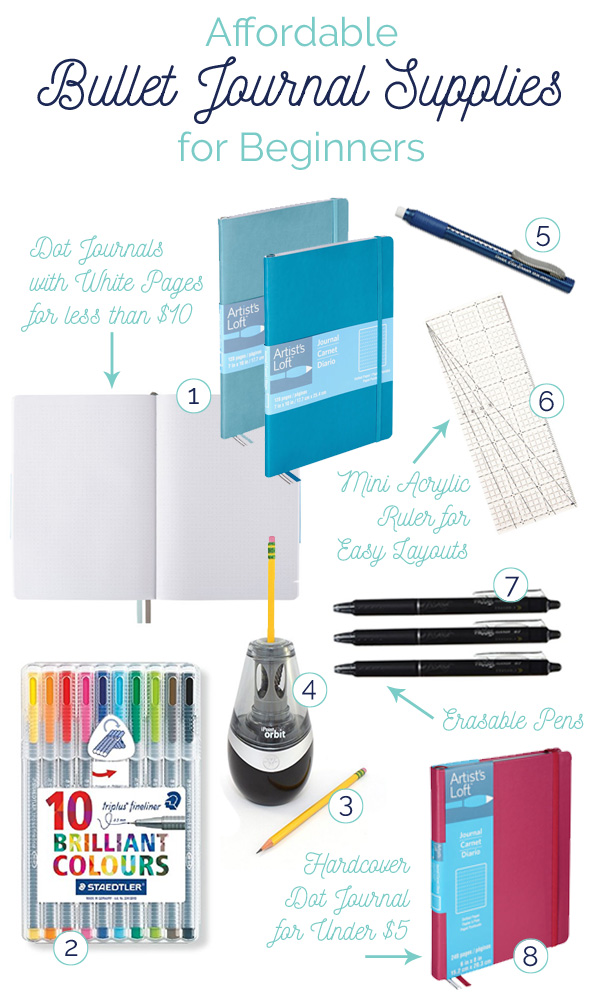
Improves observation skills: By closely observing and documenting the details of nature, you develop a keen eye for the intricacies of the natural world.
Promotes creativity: Nature journaling provides a platform for self-expression and creativity through sketching, writing, and collaging.
Fosters a sense of wonder: Through nature journaling, you can cultivate a sense of awe and appreciation for the world around you.
Writing Prompts Journaling
Writing prompts journaling is a creative way to engage with your thoughts and emotions. By using prompts, you can stimulate your imagination and discover new ideas.
It allows you to explore different perspectives and gain insights into yourself and the world around you.
Benefits of Writing Prompts
Engaging with writing prompts can enhance creativity and expand one's perspective on various subjects. Writing prompts are designed to spark inspiration and encourage self-reflection.
Here are some benefits of incorporating writing prompts into your journaling practice:
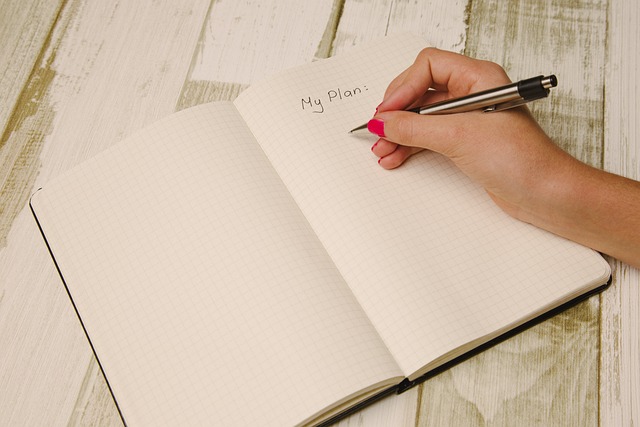
Stimulates creativity: Writing prompts provide a starting point for your thoughts, allowing you to explore new ideas and perspectives.
Enhances self-awareness: By responding to writing prompts, you can delve deeper into your thoughts and emotions, gaining a better understanding of yourself.
Encourages self-expression: Writing prompts give you the freedom to express your thoughts and feelings in a safe and non-judgmental space.
Boosts personal development: Regularly engaging with writing prompts can help you develop your writing skills, improve your communication, and promote personal growth.
Inspiring Creativity Through Prompts
Through the use of thought-provoking prompts, individuals can tap into their creative potential and explore new depths of imagination within their journaling practice. Writing prompts journaling is a powerful tool that inspires creativity by providing prompts that encourage free-flowing thoughts and ideas.
But what about incorporating art into this process? Using art for creative expression in journaling adds another layer of depth and freedom. Whether it's through sketching, painting, collaging, or doodling, art allows individuals to visually represent their thoughts and emotions, enhancing the overall journaling experience.
Additionally, there is a strong connection between mindfulness and creativity in journaling. Engaging in creative activities can help individuals enter a state of mindfulness, where they are fully present in the moment, focused on their artistic expression. This state of mindfulness allows for greater creative exploration and self-discovery within the journaling practice.
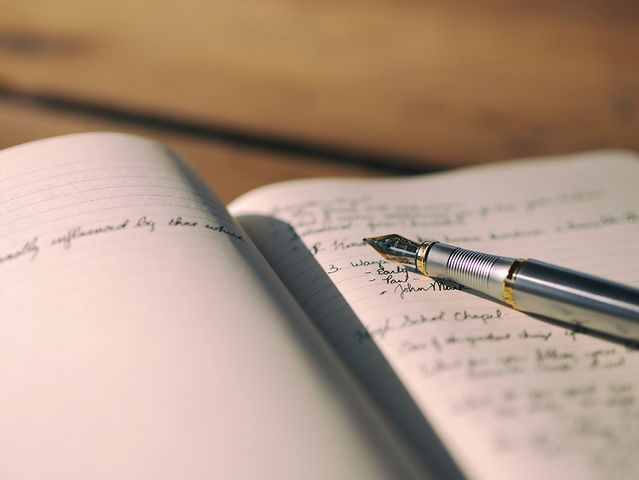
Fitness Journaling
Fitness enthusiasts can enhance their training and track their progress by incorporating a fitness journal into their routine. A fitness journal is a powerful tool that helps individuals set and achieve their fitness goals while keeping them motivated along the way.
Here are four ways fitness journaling can benefit you:
Goal setting: Use your fitness journal to set specific, measurable, achievable, relevant, and time-bound (SMART) goals. Writing down your goals helps clarify your intentions and keeps you focused on what you want to achieve.
Tracking progress: Document your workouts, nutrition, and measurements in your journal to track your progress over time. This allows you to identify patterns, strengths, and areas for improvement.
Accountability: By regularly recording your activities and achievements, you hold yourself accountable to your fitness goals. It also helps you stay consistent and committed to your routine.
Reflection and motivation: Your fitness journal serves as a personal record of your journey. It allows you to reflect on your achievements, learn from setbacks, and stay motivated to continue pushing forward.
Incorporating fitness journaling into your routine can provide a sense of freedom as you take control of your fitness journey and work towards your goals.

Prayer Journaling
Prayer journaling is a powerful way to deepen your spiritual practice and connect with your inner self. By writing down your prayers, you can gain clarity, express gratitude, and seek guidance.
In this discussion, we will explore the benefits of prayer journaling, offer tips for effective journaling, and introduce different techniques to enhance your prayer experience.
Benefits of Prayer Journaling
Exploring the transformative power of reflective writing, prayer journaling allows individuals to connect with their spirituality through introspection and expression. Prayer journaling goes beyond traditional forms of prayer, providing a personal space for individuals to deepen their faith and enhance their spirituality. Here are some benefits of incorporating prayer journaling into your spiritual practice:
Self-reflection: Prayer journaling encourages individuals to reflect on their thoughts, emotions, and experiences, fostering self-awareness and personal growth.
Emotional release: Writing down prayers and thoughts can serve as a cathartic release, allowing individuals to express their deepest emotions and find solace in the process.
Gratitude cultivation: Prayer journaling provides an opportunity to express gratitude, helping individuals recognize and appreciate the blessings in their lives.
Spiritual guidance: By writing prayers and seeking guidance in their journal, individuals can develop a stronger connection with their faith and find comfort in their spiritual journey.
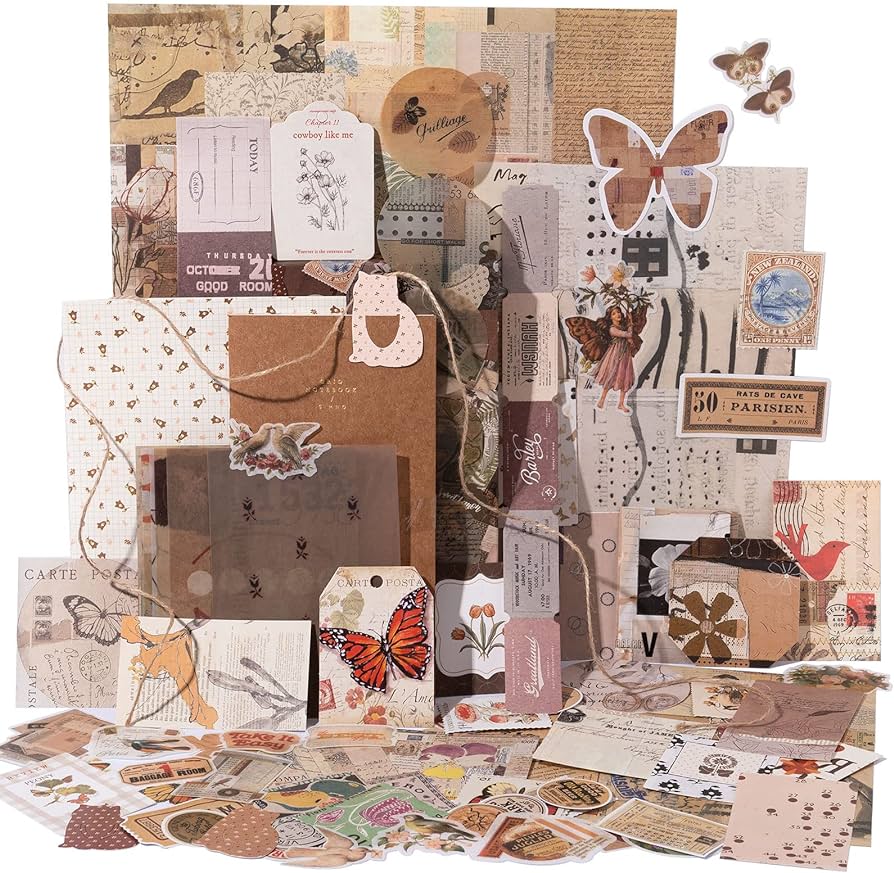
Incorporating prayer journaling into your routine can be a powerful tool for personal growth and spiritual enrichment.
Tips for Effective Prayer Journaling
When engaging in prayer journaling, it is essential to establish a quiet and peaceful environment conducive to reflection and spiritual connection. Creating a dedicated space free from distractions can help you focus your thoughts and intentions during your prayer practice.
Additionally, incorporating effective prayer techniques can enhance the depth and impact of your journaling experience. One technique is to begin your journal entry with a specific intention or prayer request. This helps to set the tone for your session and provides a clear focus for your thoughts and reflections.
Another technique is to use prompts or questions to guide your journaling, such as asking yourself what you are grateful for or what challenges you are currently facing.
Different Prayer Journaling Techniques
To delve deeper into your spiritual practice, you can incorporate various prayer journaling techniques by experimenting with different styles and approaches. Here are some different prayer techniques that can help you deepen your prayer life:
Free-flow journaling: This technique involves writing whatever comes to mind without any specific structure or format. It allows you to express your thoughts and emotions freely.
Scripture-based journaling: Use passages from religious texts as prompts for reflection and prayer. Write down your thoughts, insights, and prayers related to the chosen scripture.
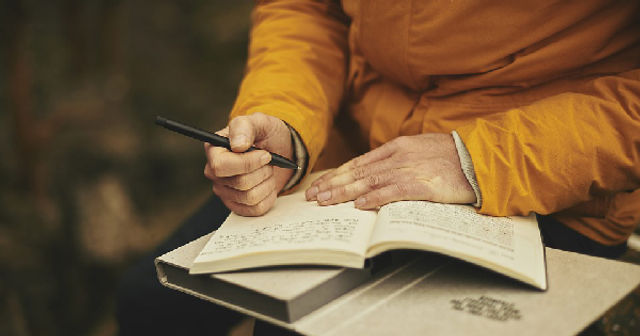
Visual journaling: Incorporate images, drawings, or collages into your prayer journal. This technique can help you tap into your creativity and connect with your spirituality in a visual way.
Gratitude journaling: Take a moment to write down things you are grateful for in your prayer journal. This technique can help shift your focus towards positivity and appreciation.
Food Journaling
Food journaling is an effective practice that allows individuals to track and analyze their dietary habits. It is a way to gain insight into the relationship between food and emotions, as well as to identify patterns and triggers that may affect one's eating habits.
By keeping a record of what and when they eat, individuals can better understand their own nutritional intake and make informed choices about their diet. Food journaling also provides an opportunity for self-reflection and accountability, helping individuals stay motivated and on track with their health goals.
Whether it's tracking portion sizes, identifying emotional eating triggers, or simply becoming more mindful of food choices, food journaling can be a valuable tool for anyone seeking to improve their overall well-being.
Digital Journaling
Digital journaling has become increasingly popular among individuals who want to combine the benefits of traditional journaling with the convenience and accessibility of modern technology. With the rise of smartphones and tablets, journaling apps have made it easier than ever to keep a digital journal.
Here are some benefits of digital journaling:
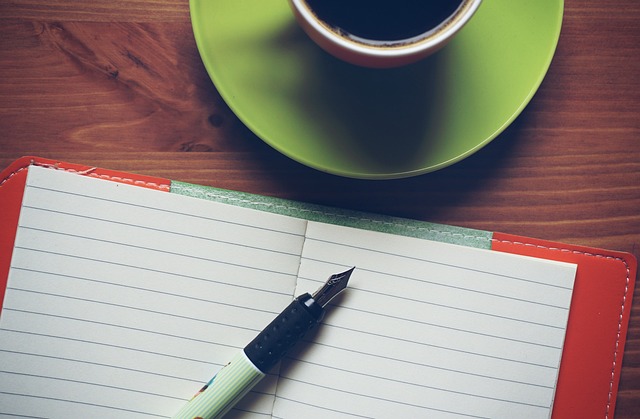
Convenience: Digital journaling allows you to journal on the go, wherever and whenever inspiration strikes.
Organization: Many journaling apps offer features like tags, categories, and search functions to help you easily find and organize your entries.
Multimedia integration: Digital journaling apps often allow you to include photos, videos, and audio recordings to enhance your entries.
Privacy and security: Most journaling apps offer password protection and encryption to keep your entries secure.
Digital journaling offers a modern twist on the traditional practice, providing individuals with a flexible and customizable way to document their thoughts and experiences.
Gratitude Journaling
How can gratitude journaling cultivate a positive mindset and improve overall well-being?
Gratitude journaling is a practice that involves regularly writing down the things you are grateful for. It is a powerful tool that can have numerous benefits for your mental and emotional well-being. Research has shown that practicing gratitude on a regular basis can lead to increased happiness, reduced stress levels, and improved overall mental health.

By focusing on the positive aspects of your life, you are able to shift your mindset and develop a more optimistic outlook. There are many creative ways to practice gratitude journaling, such as using colorful pens, adding drawings or photographs, or even creating a gratitude jar where you can collect notes of gratitude.
The key is to make it a habit and find a method that resonates with you. By incorporating gratitude journaling into your routine, you can cultivate a positive mindset and experience the many benefits it has to offer.
Frequently Asked Questions
How Can I Incorporate Art Into My Journaling Practice?
Incorporating art into your journaling practice can enhance creativity and self-expression. Art journaling ideas such as mixed media techniques, collage, and doodling can be used to add color, texture, and visual interest to your journal pages.
What Are Some Tips for Staying Mindful During Journaling?
Practicing mindfulness while journaling can enhance self-reflection and reduce stress. Start by setting aside dedicated time, create a relaxing environment, and focus on the present moment. Incorporating gratitude journaling can also help maintain a positive mindset.
How Can I Document My Travel Experiences in a Journal?
When documenting travel experiences in a journal, consider incorporating travel sketching and utilizing travel diary prompts. These techniques allow for a creative and informative way to capture memories and reflect on your adventures.
What Techniques Can I Use to Remember and Interpret My Dreams in a Journal?
To remember and interpret dreams in a journal, try using techniques such as dream recall exercises, keeping a dream journal, and practicing lucid dreaming. These methods can help unlock the hidden meanings and insights within your dreams.
How Can I Use Journaling to Reflect on and Learn From Past Experiences?
Reflective learning through journaling involves utilizing various techniques to examine and gain insights from past experiences. By engaging in regular self-reflection, individuals can enhance their understanding, identify patterns, and foster personal growth.
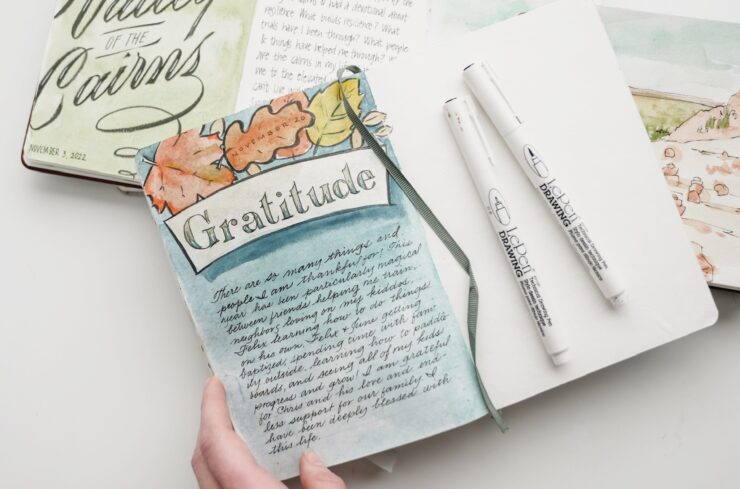
 Writing TipsCreative WritingJournalingSketching TechniquesBuying GuidesPrivacy PolicyTerms And Conditions
Writing TipsCreative WritingJournalingSketching TechniquesBuying GuidesPrivacy PolicyTerms And Conditions
